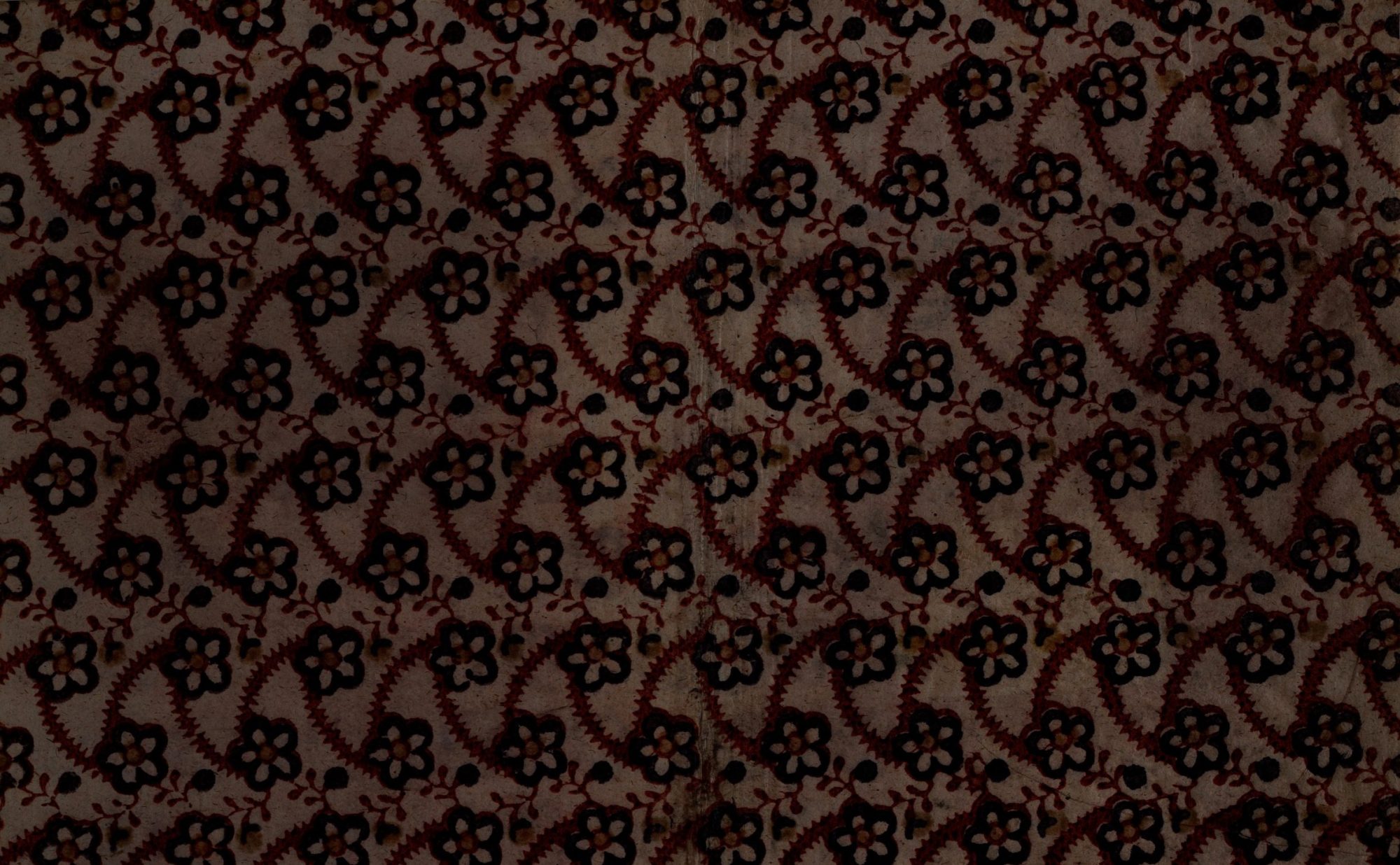The herbarium of Hans Sloane (1660-1753) comprises 260 volumes and about 130,000 specimens. It is a well-studied collection, but it is difficult to access and to comprehend its scale, complexity, and limitations. Part of my work combines a folio-by-folio review of all the volumes, and the creation and analysis of an enriched XML version of James Dandy’s catalogue, The Sloane Herbarium (1958). Together, these approaches identify gaps and silences in the way the collection has been mediated to us. They suggest new data-driven and archival activities that will make visible the working methods, and knowledge production practices and constraints of the past, and offer an enhanced and extensible model that will support future research with the collection.
Brad Scott is a second year PhD student at Queen Mary University of London and the Natural History Museum. His research encompasses the global and colonial contexts of the Sloane Herbarium, probably the largest plant collection of its era in the world. Combining close readings of archival catalogues with digital humanities techniques, and case studies of specific collectors, his research explores the creation of plant knowledges in the late seventeenth and early eighteenth centuries. Previously, Brad worked for 30 years in digital academic publishing, combining new product development with XML data design and workflow planning. He is also a field botanist, specialising in mosses.
